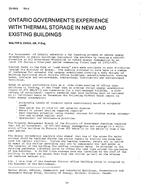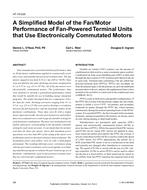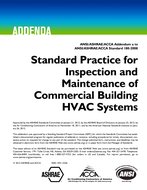While an air-tight building or a building with a reduced ventilation rate helps save energy, it also make it difficult for pollutant removal. Because of their low vapor pressures, semivolatile organic compounds (SVOCs) tend to bind on interior surfaces, including those of the HVAC system. This strong sorption makes SVOCs even more difficult to remove. To reduce the potential adverse health effects due to indoor exposure to SVOCs, better understanding of their sources, movements, interactions with building components and fate is needed. A Microsoft Windows-based computer program has been developed for simulating the emissions, transport (infiltration, ventilation, sorption, and desorption), and distribution of SVOCs in buildings. Based on a modified state-space method, this simulation program computes nonsteady state distributions of SVOCs in indoor media, including air, sources, sinks, airborne particles, and settled dust. This simulation tool provides more flexibility than the existing models for investigating the interactions of SVOCs with indoor media, including airborne and settled particulate matter, and the effectiveness of mitigation methods such as sourceremoval, increased ventilation, and use of new materials.
Citation: IAQ Conference: IAQ 2013: Environmental Health in Low Energy Buildings
Product Details
- Published:
- 2013
- Number of Pages:
- 6
- File Size:
- 1 file , 1.5 MB
- Product Code(s):
- D-2013IAQConf-73


